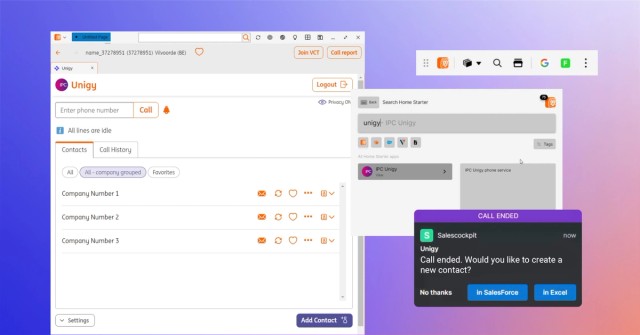October 29, 2014
Fat Client – Extreme Makeover

If you’re bemoaning the sorry state of your bloated fat client financial application, don’t worry — you’re in good company. It’s a common problem that goes something like this.

Years ago, someone built the application in Java, WPF or C++. At the time, it was slick and everyone loved it. As requests came in, features were added and the application got more and more complex. Institutional customers started asking for customizations and suddenly there were multiple versions of the same application. Development got harder and product release cycles got slower.
The original guys who wrote the application moved on to greener pastures. The new guys, shocked by what they inherited, first tried to rewrite the whole thing but realized they couldn’t. The rewrite would take 18 months or more and no one was going to green light the budget, especially with so many new urgent requests in the queue.
What to do? By now you’ve likely heard us (and others) talk about the benefits of building front-ends in HTML5. Development is faster, performance is better and applications are mobile-ready. A wide consensus has formed in the financial industry that it is the right choice for UI development. So how do you get from there from here?
Simple. With OpenFin, you can start migrating to HTML5 without having to rewrite your whole application. Here’s how:
- Include an OpenFin API adapter in your existing fat client application. We provide libraries in Java, C# and C++.
- Use the API to invoke the runtime and launch a new HTML5 window from within your fat client application.
- Use the API to create a seamless experience between your fat client application and the HTML5 window, including two-way data sharing and window-docking.
With this approach, new modules that you write in HTML5 look like they are just part of your fat client application. Done right, the user can’t tell which part of the application is HTML5 vs. Java / C# / C++. This allows you to do a phased migration where you can write new components in HTML5 and, over time, you can rewrite old components of the fat client application until it becomes completely thin.
Several major financial services platforms are using OpenFin to give their fat client applications an extreme makeover. In one example, a firm extended their existing application to add a new high performance charting module. The charting component is provided by ChartIQ, an industrial-strength HTML5 charting engine. ChartIQ’s “trade-from-the-chart” capabilities allow a user to visually manage complex multi-leg orders. The limit order details are passed to the core execution logic in the fat client application using OpenFin’s inter-application messaging bus. The user experience is seamless and the development time to deliver the functionality was a matter of weeks.
For more information about OpenFin:
Visit: www.openfin.co
Blog: openfin.co/blog
Contact: info@openfin.co
Twitter: @openfintech
For more information about ChartIQ:
Visit: www.chartiq.com
Twitter: @chartiq
Enjoyed this post? Share it!
Related Posts
All Posts ->
Featured
Enhanced Deployment Flexibility with OpenFin's Fallback Manifests
Thought Leadership

Featured
ING Integrates OpenFin for Salesforce to Optimize Workflows
Thought Leadership